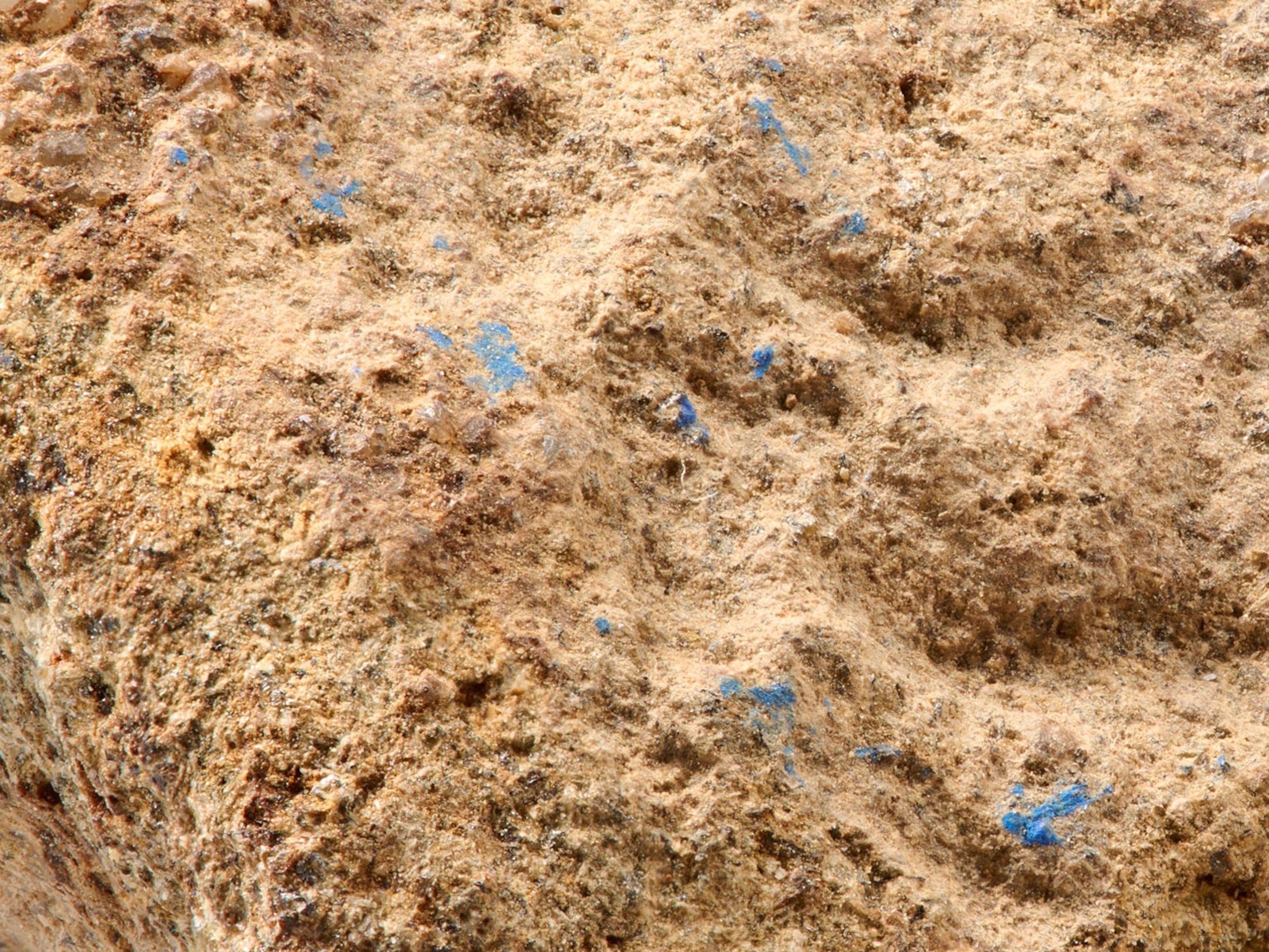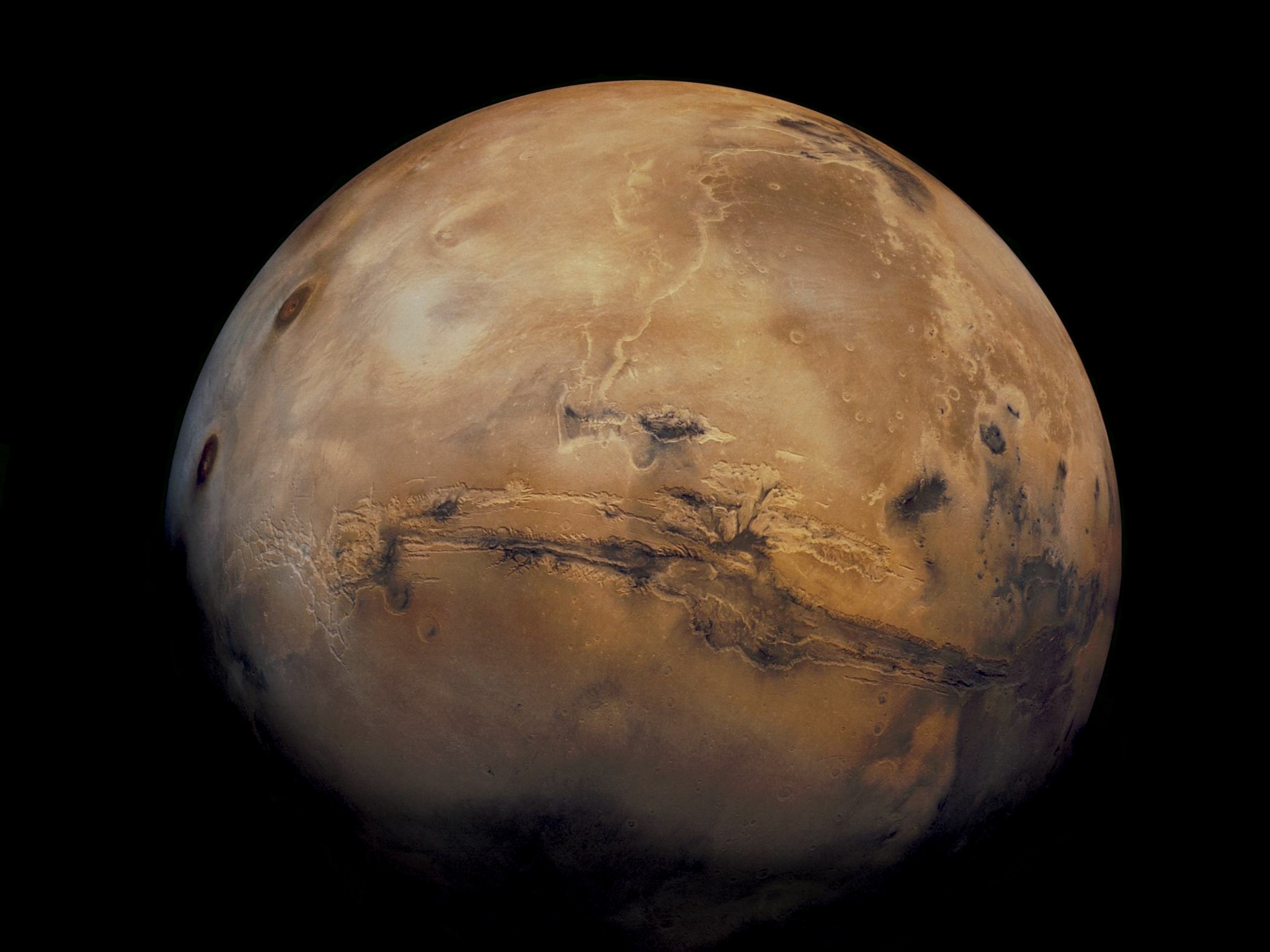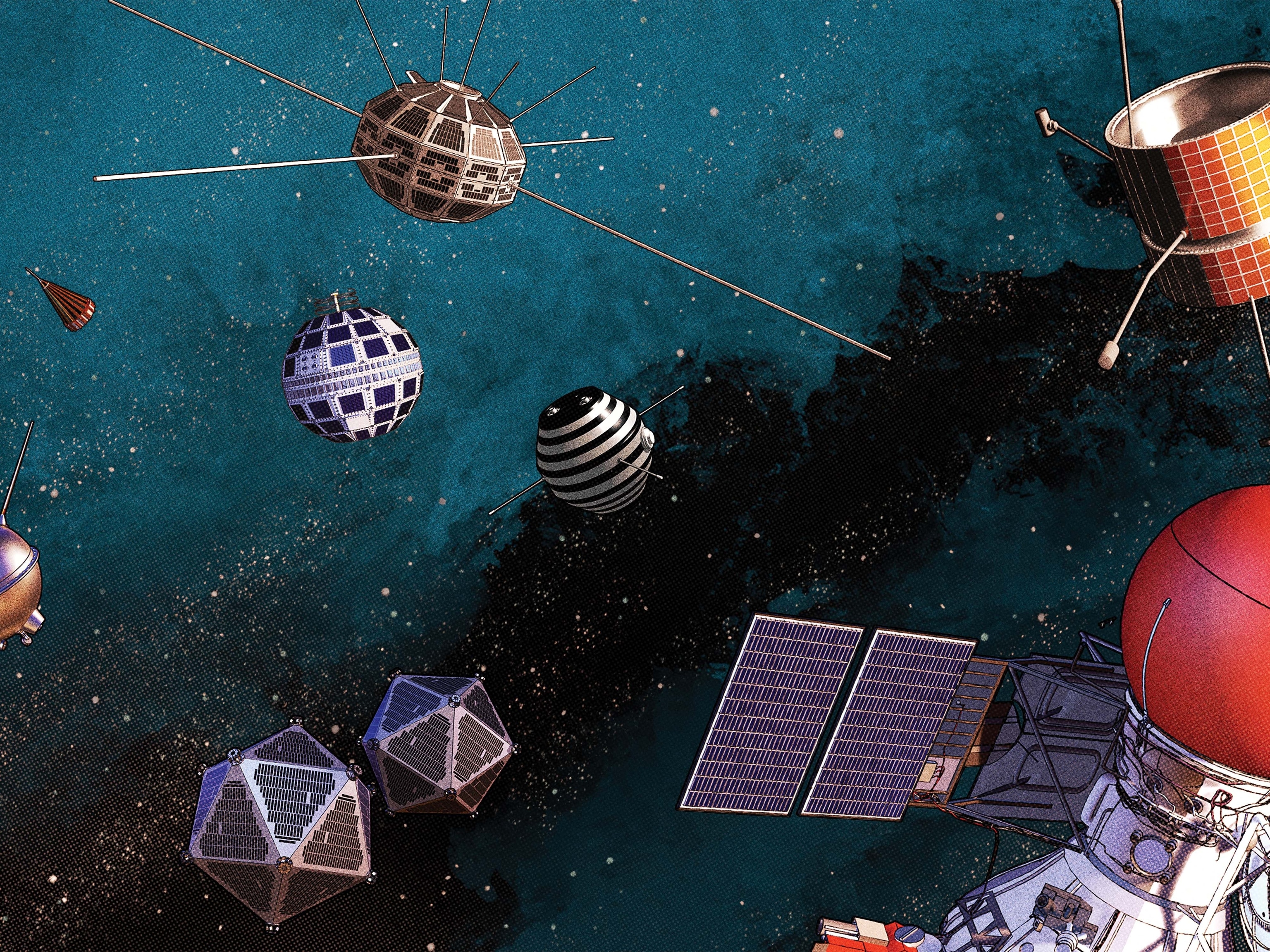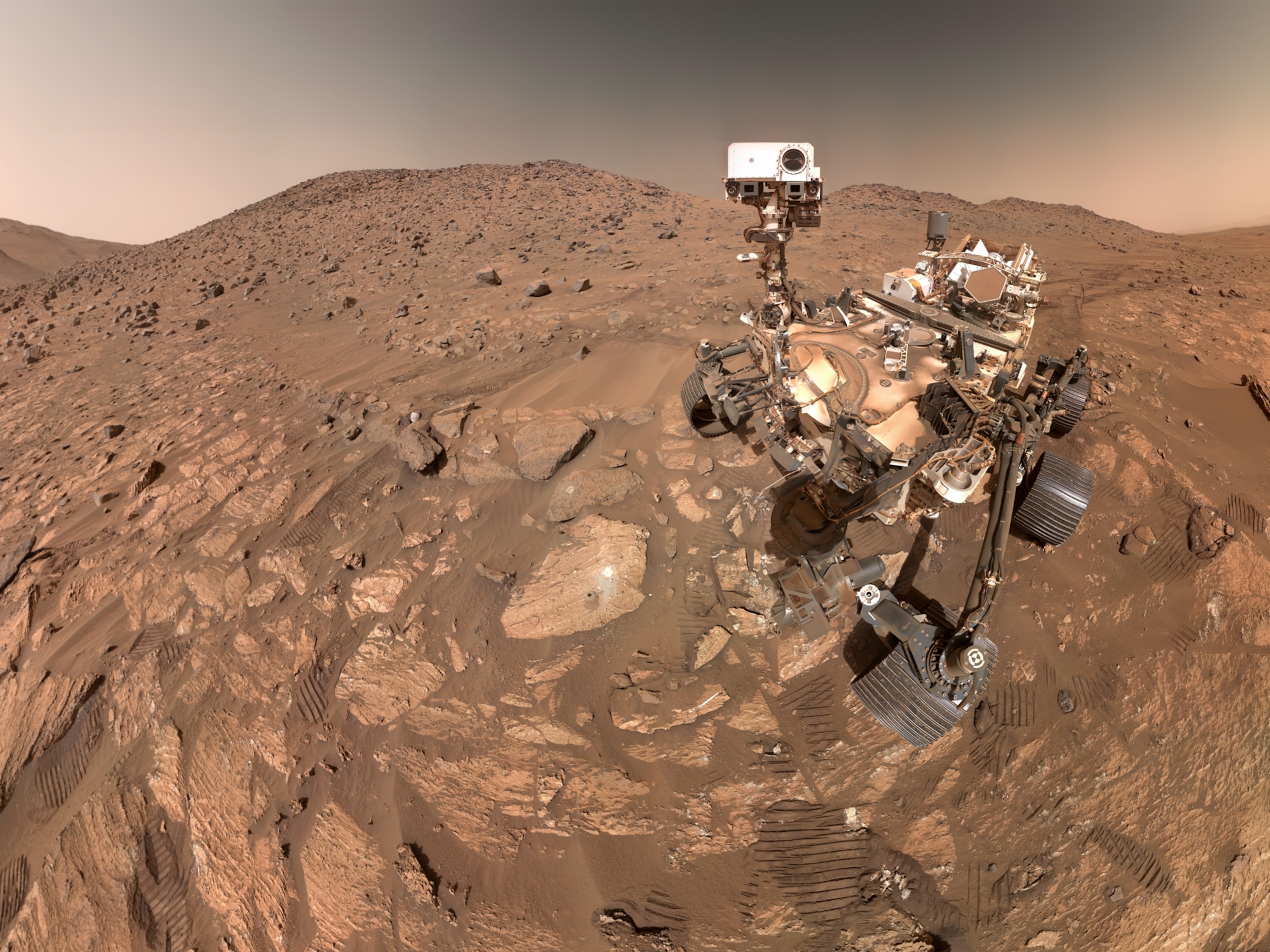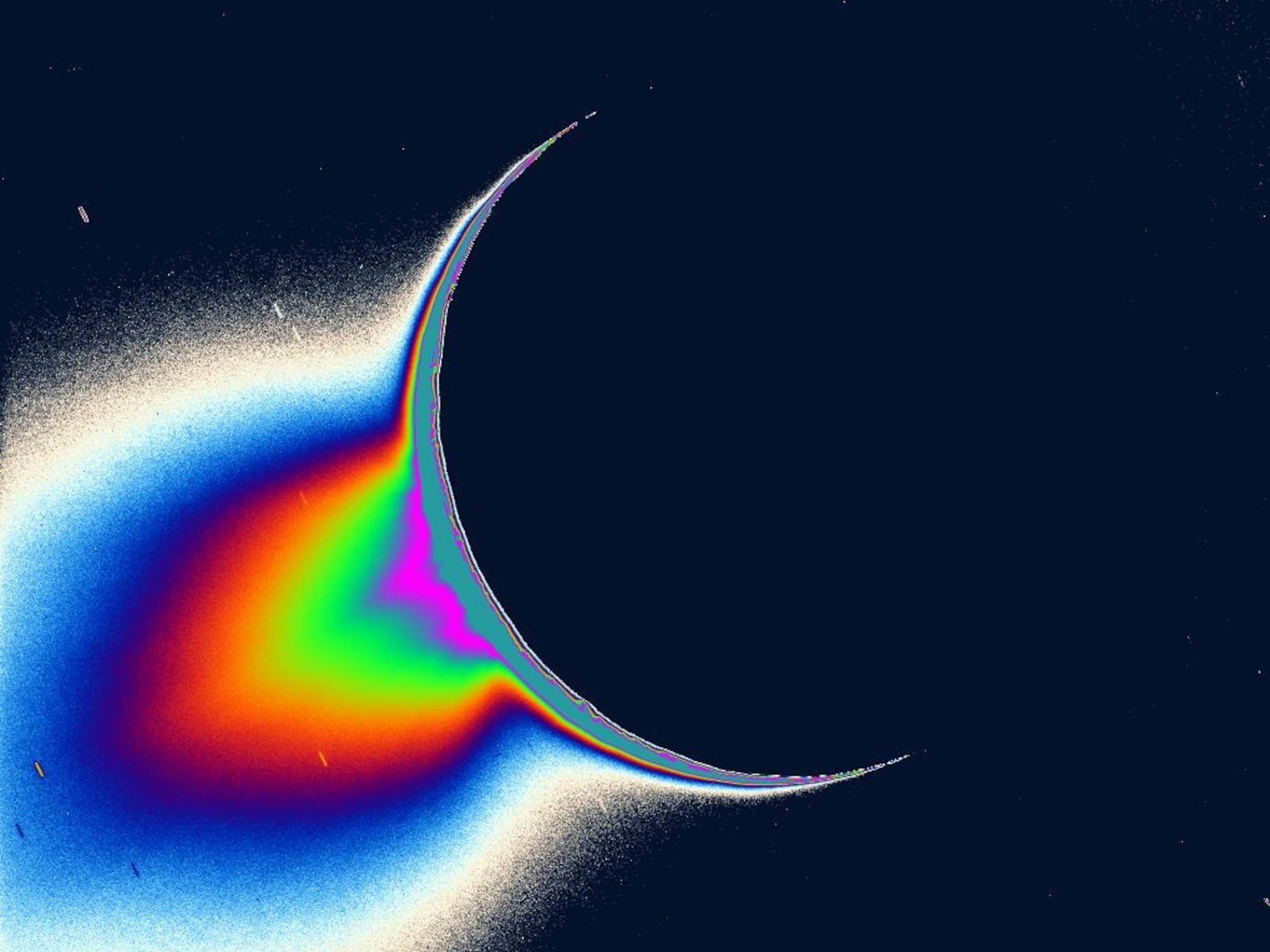
Next Mars Rover Landing Site Named: Gale Crater
"Beautiful" mineral-rich site may contain evidence of ancient life, scientists say.
NASA's next rover to land on Mars will touch down in a place called Gale crater, a site that scientists say will offer the best chance for studying whether the red planet could have supported life.
The Mars Science Laboratory rover, nicknamed Curiosity, is slated to launch around Thanksgiving this year and to arrive at Gale crater in the late spring of 2012. The car-size rover will be the first astrobiology experiment on Mars since the Viking mission in 1976.
(Related: "Viking Mission May Have Missed Mars Life, Study Finds.")
Gale was among four finalist landing sites for the rover that science and engineering teams had narrowed down from an original pool of 60 candidates.
After five years of debates and detailed studies, the Curiosity team ultimately selected Gale in the same way that someone selects a flavor of ice cream—sheer preference, said John Grotzinger, a project scientist based at NASA's Jet Propulsion Laboratory (JPL) in Pasadena, California.
Among the final four candidates, repeated tests showed that any one would be safe for landing the rover while also being a good match for the scientific goals of the mission, Grotzinger said today during a press briefing in Washington, D.C.
"The engineering teams weren't able to knock one or more out. There was no hard yes-or-no answer, so we just picked the one that felt the best."
Gale Crater Layers Like "Reading a Novel"
When Curiosity arrives at Gale crater, it will land near the base of a three-mile-high (five-kilometer-high) mountain that's rich with layered sediment deposits laid down over hundreds of millions of years.
These rock layers are key for understanding the history of the red planet's water—a critical ingredient for life as we know it.
"A hundred and fifty years ago when the first explorers went down to the Colorado River and discovered the Grand Canyon, they saw all these layers of rocks," Grotzinger said. (See Grand Canyon pictures.)
"What we've learned from 150 years of exploration is that, if you start at the bottom of the pile of layers and you go to the top, it's like reading a novel" in terms of tracing the geologic history of the planet.
"We think Gale crater's going to be a great novel about the early environmental evolution of Mars."
The area of most scientific interest in Gale crater is at the base of the mountain, said rover team member Dawn Sumner, a geologist at the University of California, Davis.
"There we see mineral signatures of clay and sulfate salts, and both of those are key, classic minerals that tell us about the environment on Mars and the interaction of water with that environment." (See "Mars Clay 'Layer Cake' Adds to Proof of Watery Past.")
That's because these minerals are known to form only when water is present. And in the case of sulfates, the minerals still contain water, which may even now be interacting with the modern Mars water cycle, Sumner said.
(See "Mars Has Liquid Water Close to Surface, Study Hints.")
Mars Rover to Find Hints of Life?
Even more tantalizing is the possibility that Curiosity will find traces of ancient life in the rock layers at Gale.
"We are not a life-detection machine—we cannot look for fossils," said JPL's Grotzinger. "But we can look for organic carbon," the type of carbon associated with life on Earth.
(Related: "Fossils Could Be Found by Next Mars Rover, Study Hints.")
The trick is that organic matter can be destroyed over time as sedimentary particles get compressed to form hard rock.
Even on Earth—a planet teeming with life—it's rare to find organics in similar rocks from three billion years ago, Grotzinger said. But it does happen, and the rover team is hopeful that they'll get lucky sometime during Curiosity's planned two-year mission.
"Beautiful" Gale Resembles U.S. Southwest
Even without finding organics, the rover team is confident that Gale will provide the best setting for fulfilling the rover's main science goal of assessing Mars's watery past and its link to habitability.
And with 17 cameras on board, the rover will be well equipped to showcase the sheer visual appeal of Gale crater, UC Davis's Sumner said.
"It will look a lot like the U.S. Southwest—areas like [Utah's] Monument Valley, where they have these peaks and cliffs with deep valleys between them," she said. (Video: "The Majesty of Monument Valley.")
"It's going to be an incredibly beautiful place."

